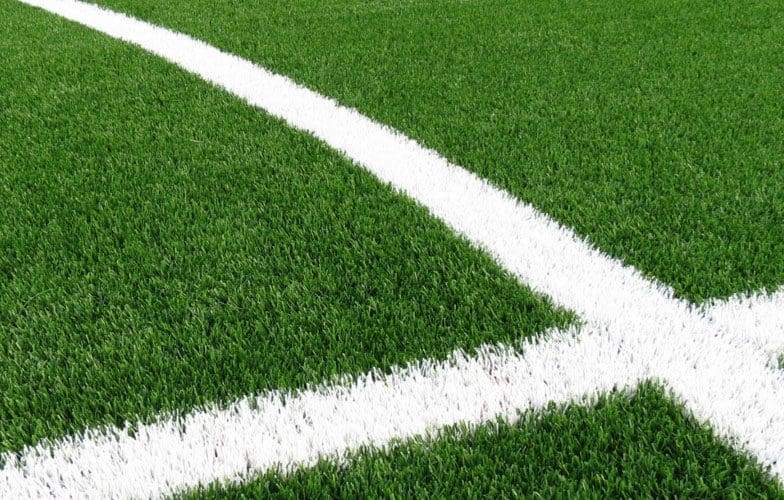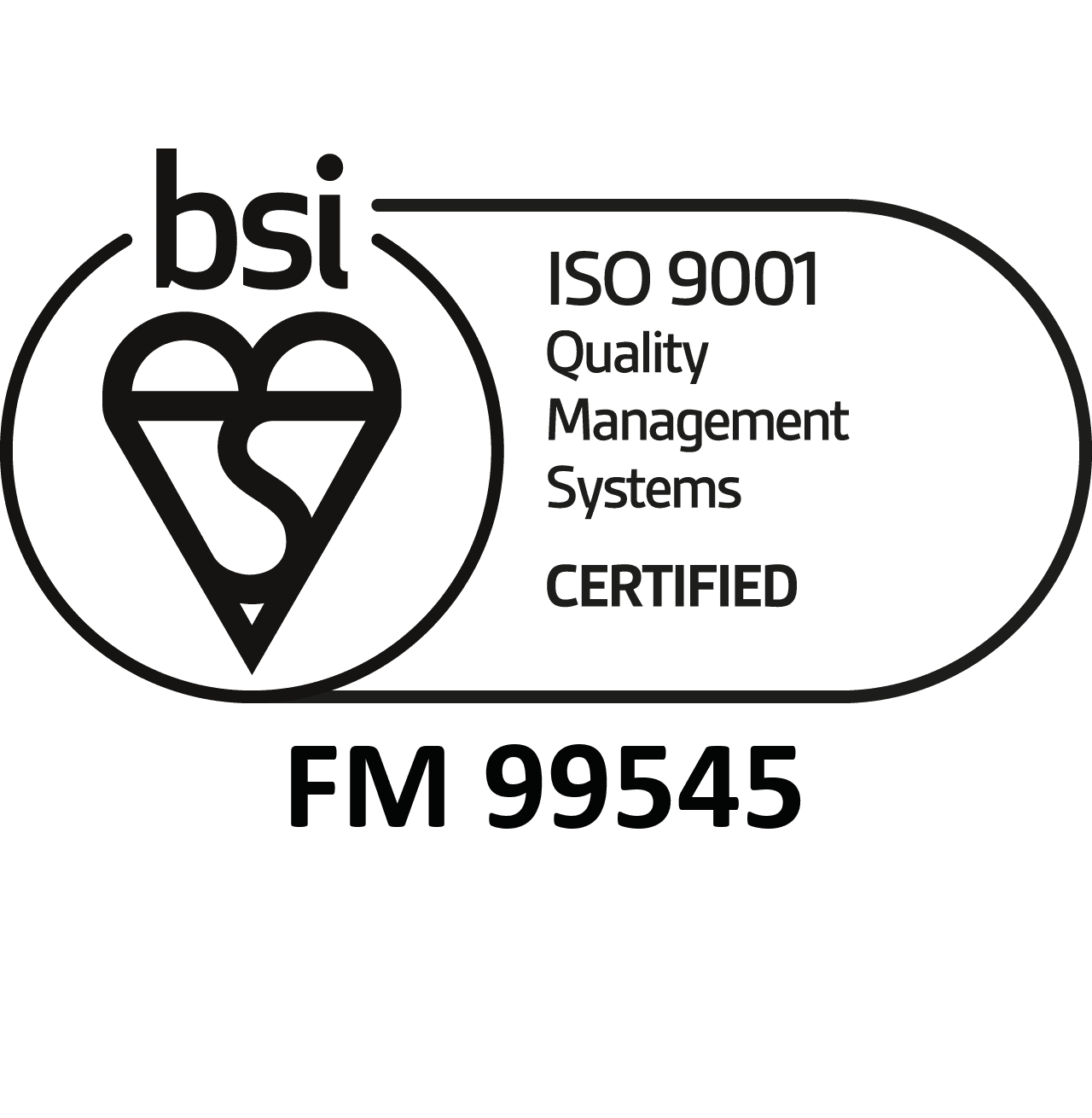
They say the grass is always greener, and with 3G pitches growing in popularity, some providers are now claiming they can even install 4G playing surfaces.
However, the problem with this is that 4G pitches are yet to be backed by any formal standards by the sports’ governing bodies, meaning those labelling their artificial grass have very little to support their claims. Instead, this is being used as a sales tool to entice buyers to invest in the “latest technology”.
To keep things simple, we’ve outlined the different types of artificial grass available below.
1G There can be confusion in the market as to what defines a first generation pitch, however, the general consensus is that they are a non-infilled surface, also commonly known as “astroturf”.
2G – Second generation pitches are sand-based and have a carpet style surface. These can be installed in Multi Use Games Areas (MUGA), as they are durable and weatherproof. The primary sport played on 2G pitches is hockey.
3G – Third generation, the latest artificial pitch technology, and the most popular. 3G surfaces are made up of long pile synthetic grass with a mix of sand and rubber infill. This gives the unique texture of natural grass, but provides more even and smooth play than the varied terrain of a muddy pitch. The “rubber crumb” also has shock absorbent qualities too, and helps to keep the synthetic grass upright.
4G and the future – Those claiming to have developed 4G pitches say it is like 3G artificial grass, but without the need for rubber crumb. While these types of turf do exist, and could therefore be claimed as 4G, they have not yet been officially graded as a new technology, nor are they governed by any recognised standards. It can therefore be misleading for 3G pitches without a rubber crumb to be labelled this way.
When it comes to playing surfaces, venues are always on the lookout for the next best thing. However, it pays to be clued up about the different types of turf available nowadays as innovations and developments are constantly changing the field.
If you’re interested in finding out more about the types of artificial grass available, why not contact us to speak to an expert?






